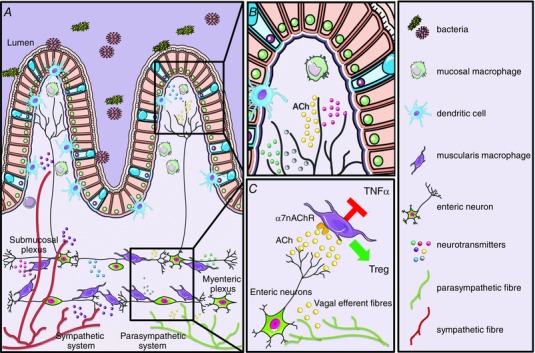Figure 1. Schematic overview of the crosstalk between the nervous and immune system in the gastrointestinal tract .

The gastrointestinal tract has extensive innervation provided by the enteric nervous system and by extrinsic fibres from the sympathetic and parasympathetic nervous system. A, schematic representation of the intestinal wall with its different layers, showing the distribution of the intrinsic and extrinsic innervation and their relationship with the intestinal immune cells. Parasympathetic efferent fibres innervate the intestinal wall by contacting exclusively the enteric neurons located in the myenteric plexus region. Instead, sympathetic efferent fibres are also in direct contact with the mucosa and with intestinal immune cells located in the submucosal and mucosal compartment. B, in the mucosal villi, several immune cells such as macrophages, dendritic cells and T cells are affected by the release of neurotransmitters, such as ACh, produced by neuronal fibres. C, in the myenteric plexus, close proximity between enteric neurons and resident macrophages has been described in several publications. Based on anatomical and functional evidence, it has been hypothesized that secretion of ACh by cholinergic enteric neurons influences the phenotype of resident macrophages resulting in inhibition of TNF‐α and induction of regulatory T cells.
